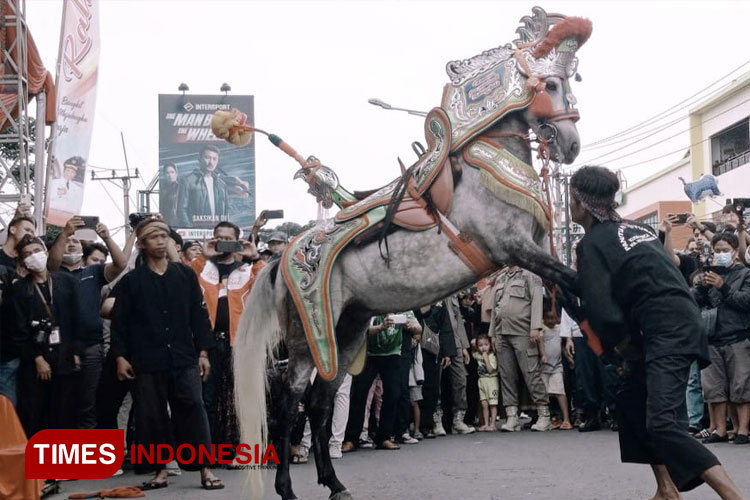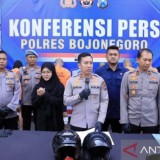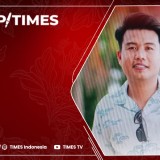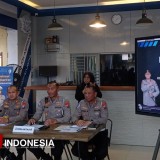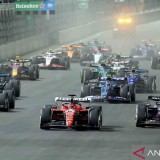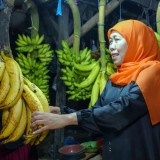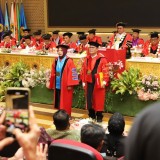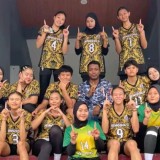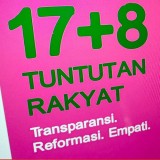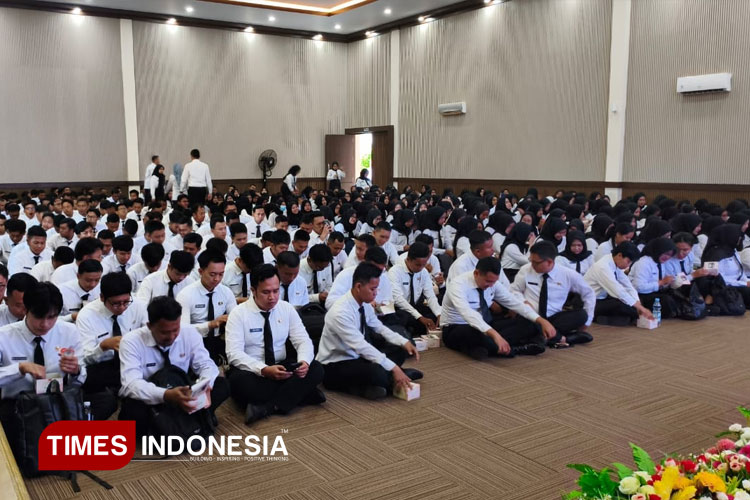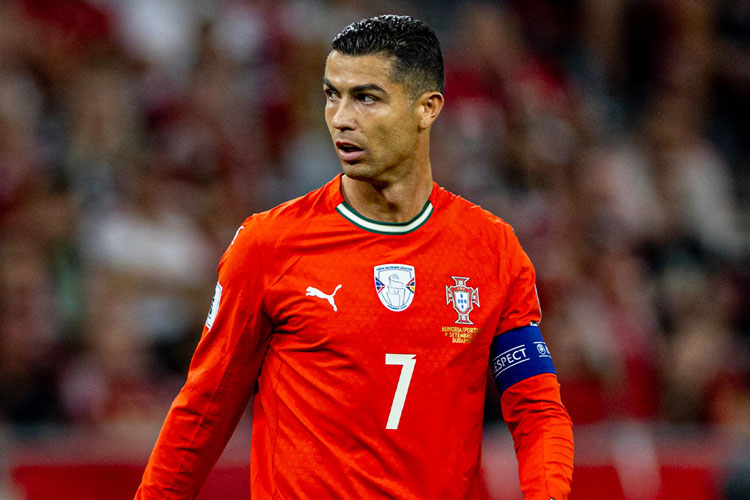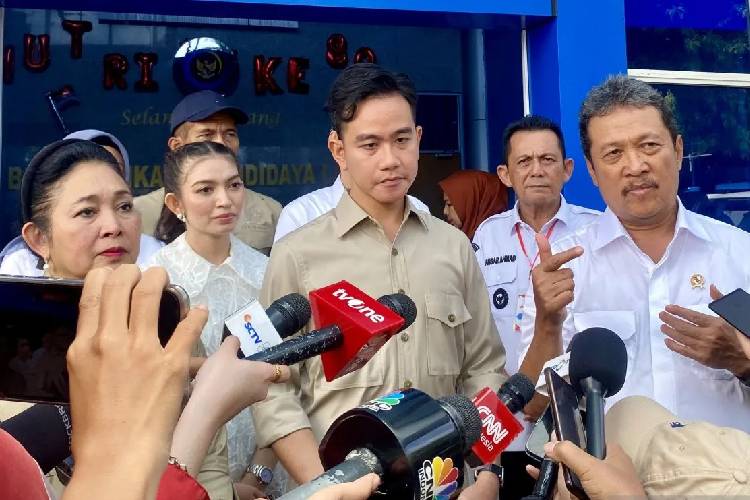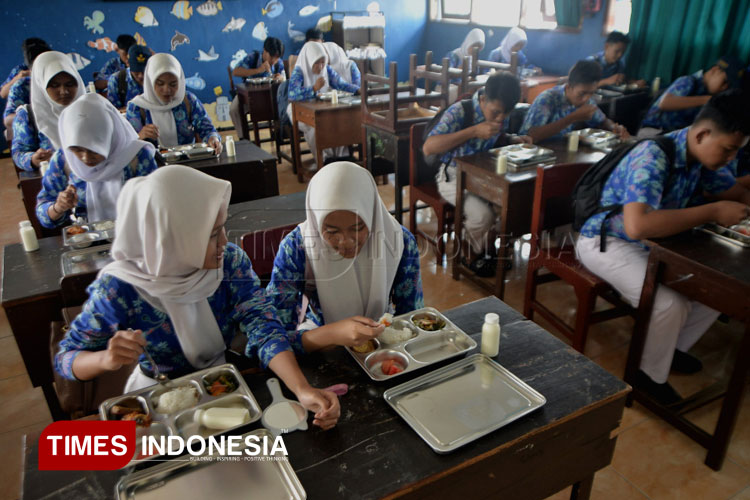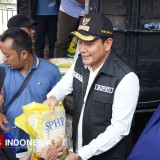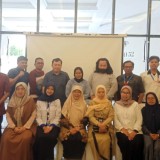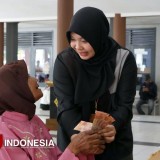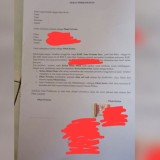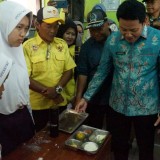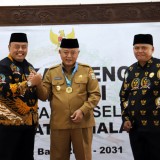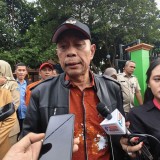TIMES JATIM, JAKARTA – In the picturesque landscapes of Majalengka Regency, West Java, a traditional art form known as Kuda Renggong has flourished since the 1950s. Its roots intertwined with the emergence of a legendary horse named 'Si Kalong' from Leuwimunding District.
Kuda Renggong is more than just a display of horse-riding prowess, it embodies a harmonious fusion of equestrian skills and the martial art of pencak silat. As per the insights gleaned from the Majalengka Regency Tourism and Culture Office.
At the heart of each performance lies a symphony of sounds, blending the traditional beats of kendang drums and gongs with the modern melodies of electric guitars and keyboards. Musicians trail behind the majestic Kuda Renggong, their rhythms echoing the cadence of its movements.
Enthusiasts of this age-old art form join the spectacle, parading through villages ahead of the Kuda Renggong, adding to the vibrant atmosphere that permeates the surroundings.
But Kuda Renggong transcends the boundaries of mere entertainment. It has become an integral part of ceremonial occasions such as weddings, circumcisions, and festivals, serving as the centerpiece that captures the essence of Majalengka's rich cultural heritage.
The allure of Kuda Renggong lies not only in its traditional roots but also in its ability to adapt to modern sensibilities. By seamlessly blending traditional elements with contemporary influences, Kuda Renggong has captivated audiences from diverse backgrounds, drawing admirers from all walks of life.
However, the passage of time has brought forth its own set of challenges. With fewer ceremonies featuring Kuda Renggong as part of their festivities, its presence is dwindling, confined to select regions where the tradition still holds sway.
Yet, amidst these trials, the guardians of Kuda Renggong remain undeterred. Adapting to the changing times, they have found innovative ways to keep the tradition alive, offering Kuda Renggong as a rental service in tourist destinations or prime locations within bustling city centers.
Despite the odds, their commitment to preserving and promoting Kuda Renggong as an indelible aspect of Majalengka's cultural legacy and tourism remains unwavering. Their efforts serve as a testament to the enduring spirit of tradition in the face of modernity's relentless march.
As Majalengka continues to evolve, Kuda Renggong stands as a beacon of tradition, a symbol of resilience in the face of change. Its enduring presence serves as a reminder of the rich tapestry of culture that defines the region, inspiring future generations to cherish and celebrate their heritage. (*)
| Pewarta | : Imadudin Muhammad |
| Editor | : Khodijah Siti |
